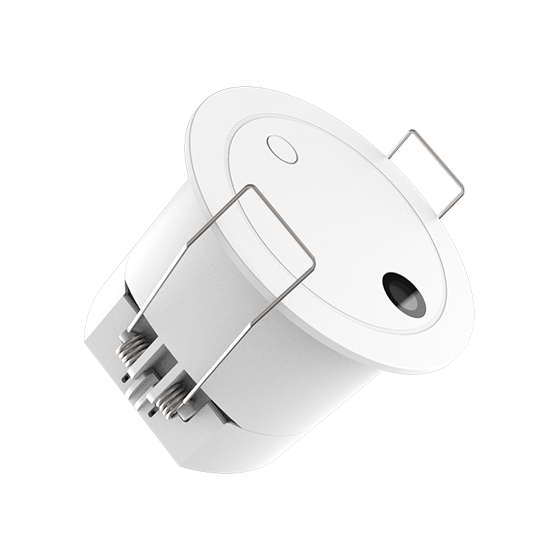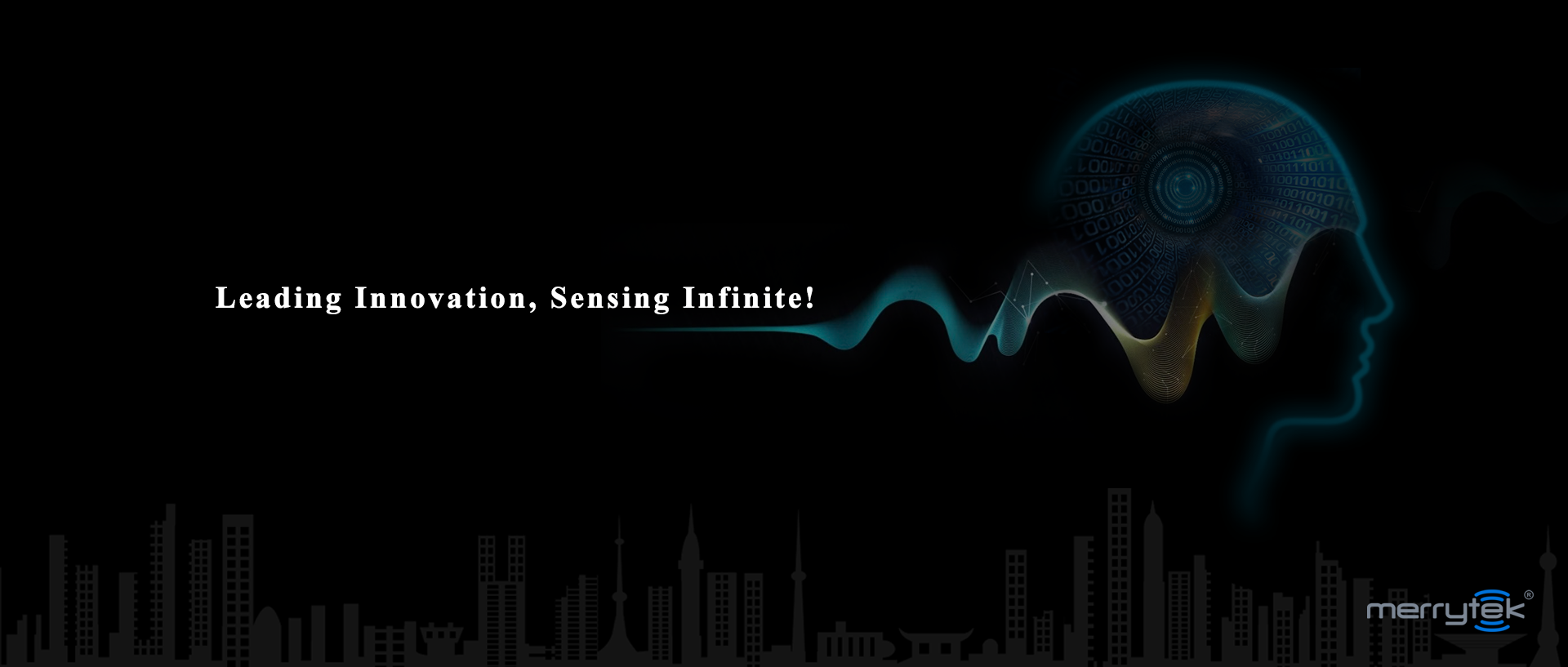Introduction
In the ever-evolving landscape of smart technology, microwave living sensors have emerged as a pioneering force, revolutionizing safety and security measures within smart buildings. These sophisticated sensors, operating at 24GHz millimeter wave frequencies, have found diverse applications across multiple fields, including healthcare, security monitoring, and more. In this article, we explore the seamless integration of microwave living sensors in smart buildings and how they transform how we experience and interact with our living and working spaces.
The Role of Microwave Living Sensors in Smart Buildings
Microwave living sensors relies on millimeter wave technology to detect and interpret cardiac signals, enabling them to monitor occupancy and movements within smart buildings accurately. These sensors' application spans various smart building systems, including access control, lighting, heating, ventilation, air conditioning (HVAC), and more. Their versatility and accuracy make them an integral part of building management systems.
Enhance Safety and Security Measures
One of the primary benefits of microwave living sensors is their real-time monitoring capabilities. These sensors provide valuable data on occupancy and space utilization, which can be crucial in emergencies. They can detect anomalies and unauthorized access, enhancing security measures within smart buildings. By integrating with existing security systems, these sensors act as an extra layer of protection, mitigating potential threats effectively.

Optimize Energy Usage for Sustainability
Microwave living sensors are vital in optimizing energy usage within smart buildings. The sensors enable smarter control of lighting and HVAC systems by constantly monitoring occupancy and movement patterns. Lights can be automatically turned off in unoccupied areas, and the temperature can be adjusted based on the number of occupants, leading to significant energy savings and reduced carbon footprint.
Seamless and Personalized User Experiences
Smart buildings equipped with microwave living sensorsoffer personalized user experiences. These sensors can customize environments based on occupants' preferences and needs, such as adjusting lighting, temperature, and room layouts. Additionally, they facilitate smart access control, allowing authorized personnel effortless entry, further enhancing convenience for occupants.
Challenges and Ethical Considerations
Despite the numerous advantages, integrating microwave living sensors in smart buildings raises some challenges and ethical considerations. Privacy concerns regarding sensor data collection need to be addressed, and robust security measures must be implemented to safeguard sensitive information. Ensuring responsible data usage and protecting individuals' privacy are essential to adopting this technology.
Future Trends and Potential Applications
The future of microwave living sensors in smart buildings holds immense potential. Sensor technology and data analytics advancements will lead to even more sophisticated applications, driving smart building innovation further. As the Internet of Things (IoT) continues to evolve, microwave living sensors will likely play a pivotal role in shaping smart cities and future urban planning.
The Bottom Line
Microwave living sensors transform smart buildings into safer, more sustainable, and user-centric spaces. With their real-time monitoring capabilities, these sensors enhance safety and security measures while optimizing energy usage for greater sustainability. However, it is vital to address ethical concerns and ensure responsible implementation to harness the full potential of this revolutionary technology. As we look to the future, microwave living sensors are set to play a central role in building a safer and brighter world.
Contact us if you require microwave or other sensors.



